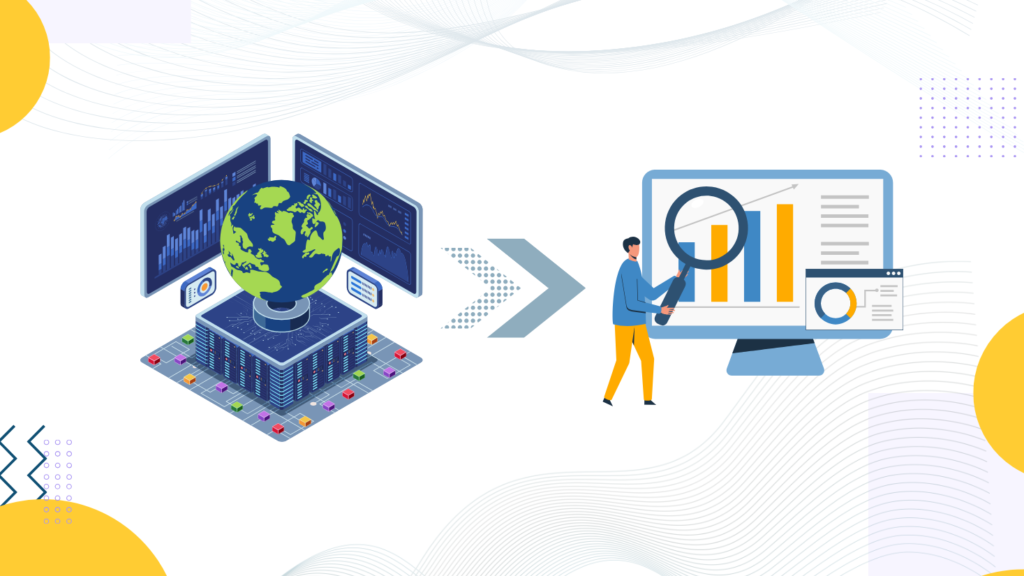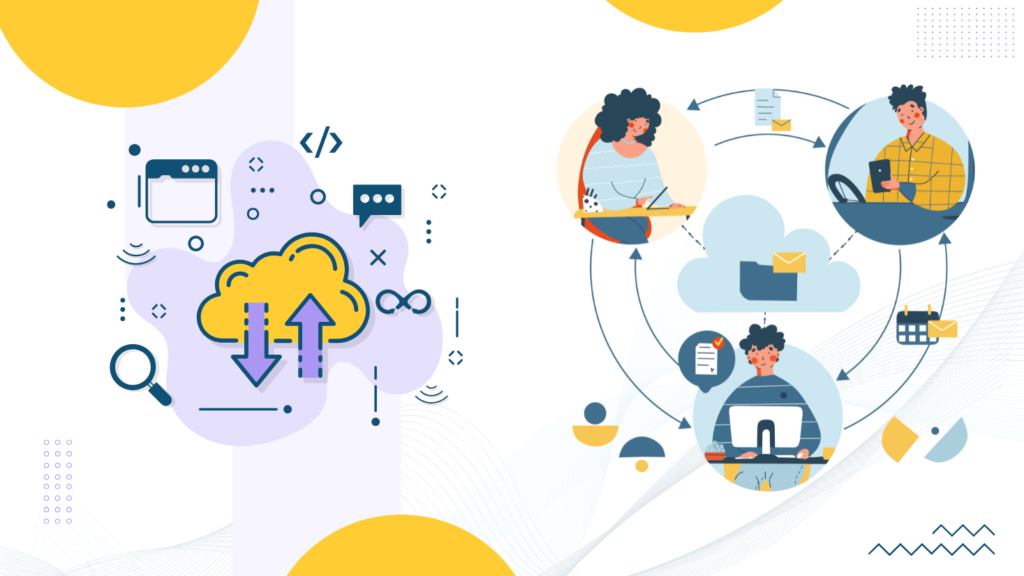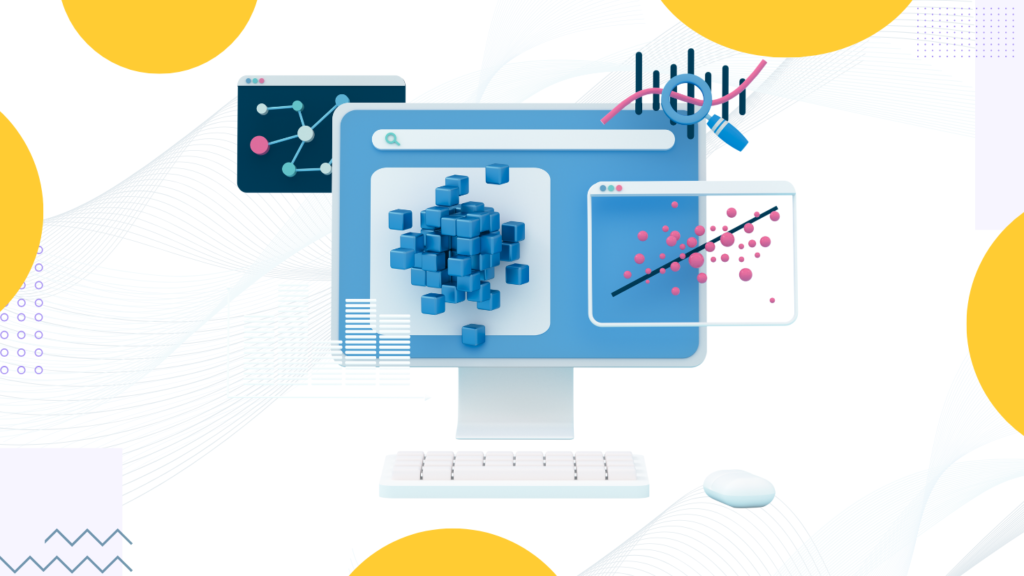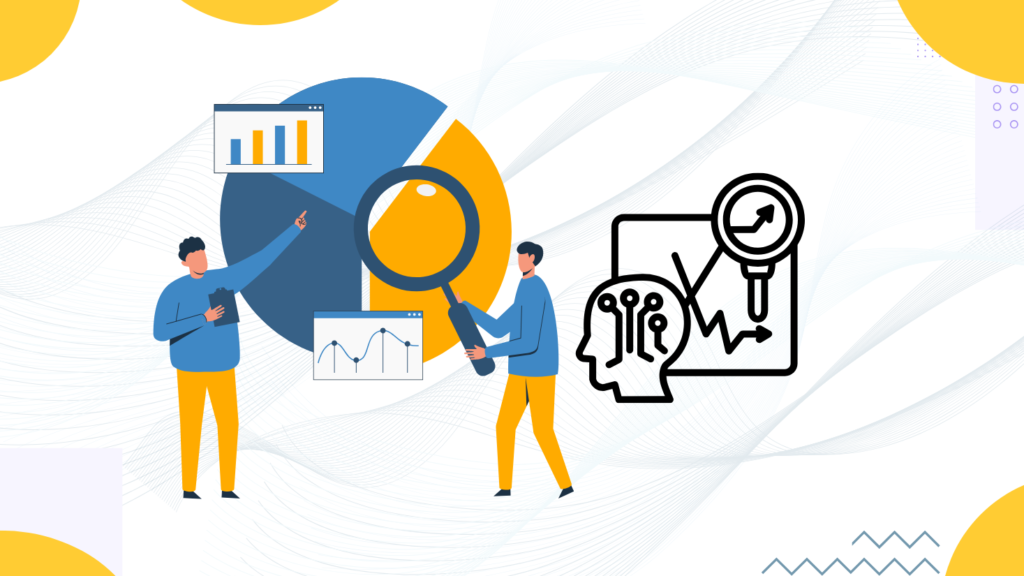Big Data Analytics
Big Data Analytics
refers to the process of examining large and varied datasets to uncover hidden patterns, correlations, market trends, customer preferences, and other valuable insights. It enables businesses to make data-driven decisions, optimize operations, and create competitive advantages.
It plays a critical role in predictive modeling and real-time decision-making. Industries like healthcare, finance, retail, and manufacturing rely on big data to improve efficiency and customer experience. With the right tools and strategies, organizations can turn raw data into actionable intelligence.


Key Features of Big Data Analytics
- Volume: Deals with massive amounts of data, often in terabytes or petabytes.
- Velocity : Processes data in real-time or near real-time.
- Variety : Handles diverse data types, including structured (databases), semi-structured (JSON), and unstructured (text, images, videos).
- Veracity : Focuses on ensuring data accuracy and reliability.
- Value : Extracts actionable insights to drive decision-making.
Key Features of Big Data Analytics
- Volume: Deals with massive amounts of data, often in terabytes or petabytes.
- Velocity : Processes data in real-time or near real-time.
- Variety : Handles diverse data types, including structured (databases), semi-structured (JSON), and unstructured (text, images, videos).
- Veracity : Focuses on ensuring data accuracy and reliability.
- Value : Extracts actionable insights to drive decision-making.


Steps in Big Data Analytics
- Sources : Iot devices, social media, transaction systems, logs, sensors, etc.
- Tools : Apache Kafka, Flume, Sqoop.
- Technologies : Hadoop HDFS, Amazon S3, Google Cloud Storage, Microsoft Azure.
- Databases : NoSQL databases like Cassandra, MongoDB, or traditional SQL systems.
- Databases : NoSQL databases like Cassandra, MongoDB, or traditional SQL systems.
- Batch Processing : Processes large datasets over time (e.g., Hadoop MapReduce).
- Real-Time Processing : Processes data as it arrives (e.g., Apache Spark, Flink).
- Tools : Apache Hive, Pig, Tableau, Power BI.
- Techniques : Machine learning, predictive analytics, sentiment analysis, clustering.
Data Collection
- Sources: IoT devices, social media, transaction systems, logs, sensors, etc.
- Tools: Apache Kafka, Flume, Sqoop.
- Data Storage
- Technologies Hadoop HDFS, Amazon S3, Google Cloud Storage, Microsoft Azure.
- Databases : NoSQL databases like Cassandra, MongoDB, or traditional SQL systems.

- Data Processing
- Batch Processing : Processes large datasets over time (e.g., Hadoop MapReduce).
- Real-Time Processing : Processes data as it arrives (e.g., Apache Spark, Flink).
- Data Analysis
- Tools: Apache Hive, Pig, Tableau, Power BI.
- Techniques: Machine learning, predictive analytics, sentiment analysis, clustering.

Applications of Big Data Analytics
- Business and Marketing
- Personalizing customer experiences.
- Analyzing buying patterns.
- Optimizing pricing strategies.
- Enhancing customer retention.
- Healthcare
- Business and Marketing
- Personalizing customer experiences.
- Analyzing buying patterns.
- Optimizing pricing strategies.
- Enhancing customer retention.
- Healthcare
- Predicting disease outbreaks.
- Improving patient outcomes through personalized medicine.
- Streamlining hospital operations.
- Finance
- Fraud detection and prevention.
- Risk assessment and management.
- Enhancing algorithmic trading strategies.
- Retail :
- Inventory optimization.
- Predicting trends and demand.
- Customizing marketing campaigns.
- Manufacturing :
- Predictive maintenance.
- Optimizing supply chains.
- Enhancing production efficiency.
- Smart Cities :
- Managing traffic flow and urban planning.
- Monitoring air quality and resource usage.
- Enhancing public safety with real-time surveillance.
Key Technologies in Big Data Analytics
- Hadoop Ecosystem
- Framework for distributed storage and processing.
- Includes components like HDFS, Hive, and YARN.
- Apache Spark :
- Real-time data processing engine.
- Faster than Hadoop MapReduce.

- Finance
- Fraud detection and prevention.
- Risk assessment and management.
- Enhancing algorithmic trading strategies.
- Retail
- Inventory optimization.
- Predicting trends and demand.
- Customizing marketing campaigns.
- Manufacturing
- Predictive maintenance.
- Optimizing supply chains.
- Enhancing production efficiency.
- Smart Cities
- Managing traffic flow and urban planning.
- Monitoring air quality and resource usage.
- Enhancing public safety with real-time surveillance.

Benefits of Big Data Analytics
- Enhanced Decision-Making : Provides actionable insights.
- Cost Efficiency : Optimizes operations and reduces waste.
- Competitive Advantage : Identifies trends and market opportunities.
- Real-Time Insights : Allows immediate responses to events
Key Technologies in Big Data Analytics
- Hadoop Ecosystem
- Framework for distributed storage and processing.
- Includes components like HDFS, Hive, and YARN.
- Apache Spark :
- Real-time data processing engine.
- Faster than Hadoop MapReduce.


Challenges in Big Data Analytics
- Data Security and Privacy : Managing sensitive data securely.
- Scalability : Handling rapidly growing datasets.
- Complexity : Integrating diverse data sources and formats.
- Skill Gap : Need for skilled data scientists and engineers.
